The new, fourth-generation Seat Leon is now available to order, with the new Seat offered in both plug-in hybrid and mild-hybrid eTSI form.
The Spanish family hatchback starts at £19,855 with the 108bhp 1.0-litre TSI unit. The eTSI mild-hybrid version, which uses the same base engine and is expected to appeal strongly with fleets, takes that price to £22,720 in entry SE trim.
Mated solely to an efficiency-boosting DSG gearbox, the eTSI uses a 48v starter-generator and small lithium-ion battery to allow engine-off coasting, enable energy recuperation under deceleration and provide torque assistance under acceleration.
Seat isn't yet quoting consumption figures for the eTSI, but in the related Volkswagen Golf the same unit is claimed to boost efficiency by around 10%. It's also RDE2 compliant, meaning nitrogen oxide (NOx) levels are below 60mg/km.
The Seat Leon e-Hybrid plug-in sits at the other end of the range, with prices starting from £30,970. That mates a 1.4-litre TSI petrol engine with an electric motor and six-speed DSG gearbox, plus a 13kWh battery pack.
Resulting power is 201bhp, translating to a 0-62mph time of 7.5sec. More importantly, WLTP-standard CO2 emissions are down to just 27g/km, with economy quoted at between 217.3 and 235.4mpg.
The e-Hybrid can travel up to 36 miles on a single charge. However, it can only be topped-up via a 3.6kW AC inlet, with a full charge taking four hours. Likely to be a hit with business users, it attracts a Benefit-in-Kind rate of just 10%.

The Leon's sub £20k base price is for a 1.0 TSI model. Seat quotes a representative PCP lease price of £195 per month, based on a 4% APR rate and a £1000 deposit contribution. SE spec comes as standard with LED headlights, automatic high-beam, keyless start, a leather steering wheel and an 8.0in touchscreen infotainment system.

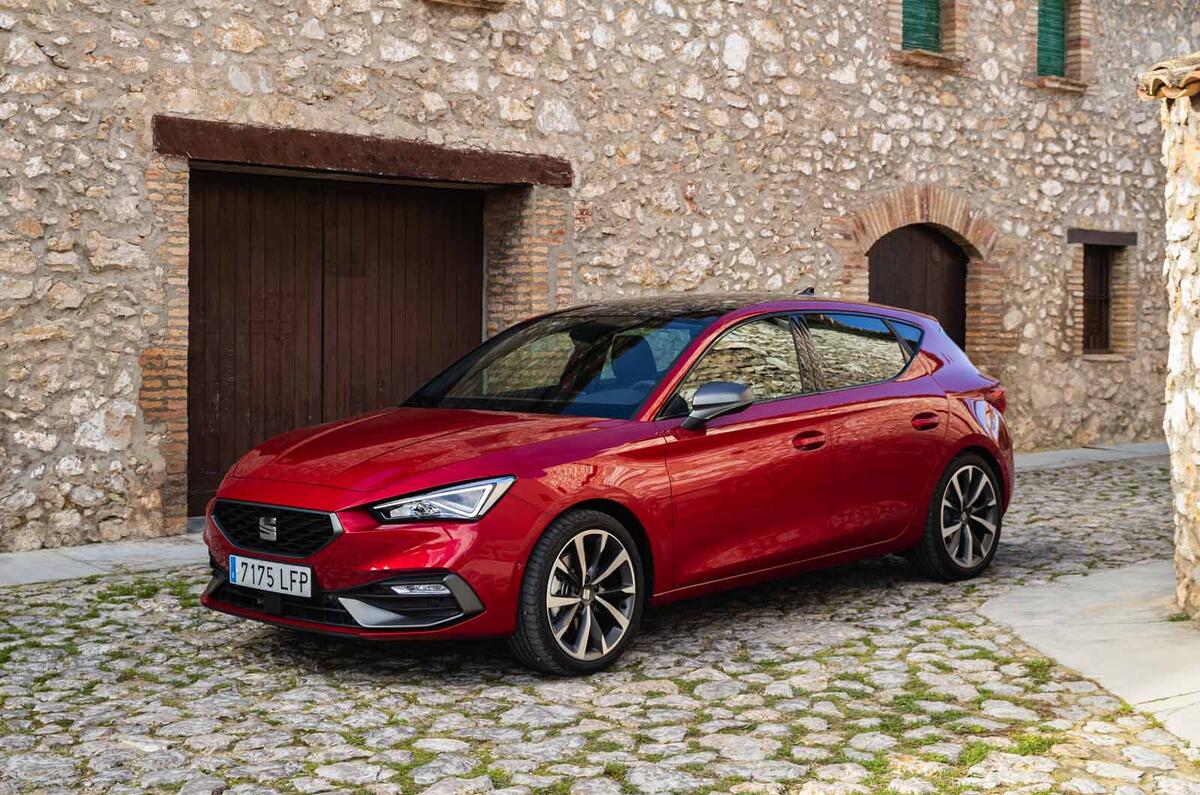










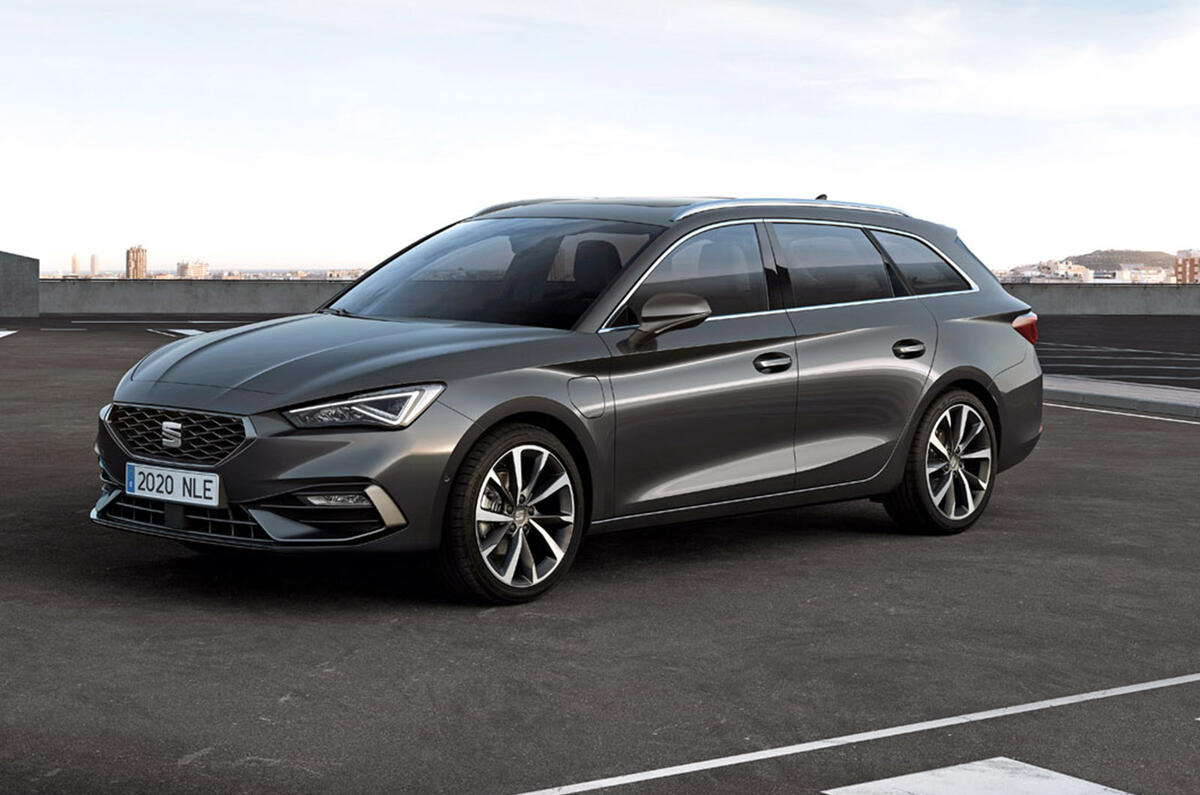








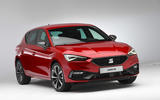


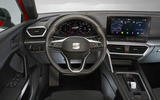
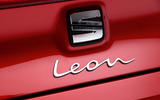






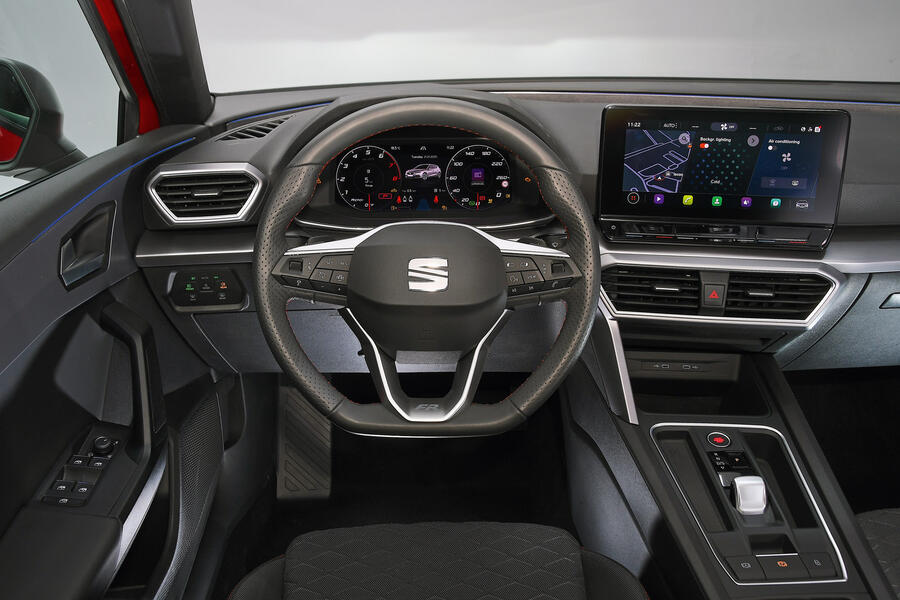





Join the debate
Add your comment
235mpg
Laughable and even higher than the pure electric Leaf, and mild hybrid adds around 1,500 quid to the price so pay back about 7 years then.
So they couldn't be bothered
jameshobiecat wrote:
I suspect that they may have wanted to, but perhaps VW are preventing them, to perhaps steer people who want a more powerful manual towards Audi or VW to prevent sales being stolen, I may be wrong, but a Golf is available with 150bhp and a manual box..
I,m at a loss when I read
I,m at a loss when I read that this is a good looking car .there are no stand out design features its like the last one, the one befor that I,m falling a sleep Stick a VW badge or and AudI badge even a Skoda badge on it and it would be another unremarkable V W look all the same car . Interior again could be a Golf an Audi A1 2 3 Its very much like BMC way back when all that seperated the same cars was a badge or an extra bit of wood on the dashbord Oh and my surname is Riley so I should know